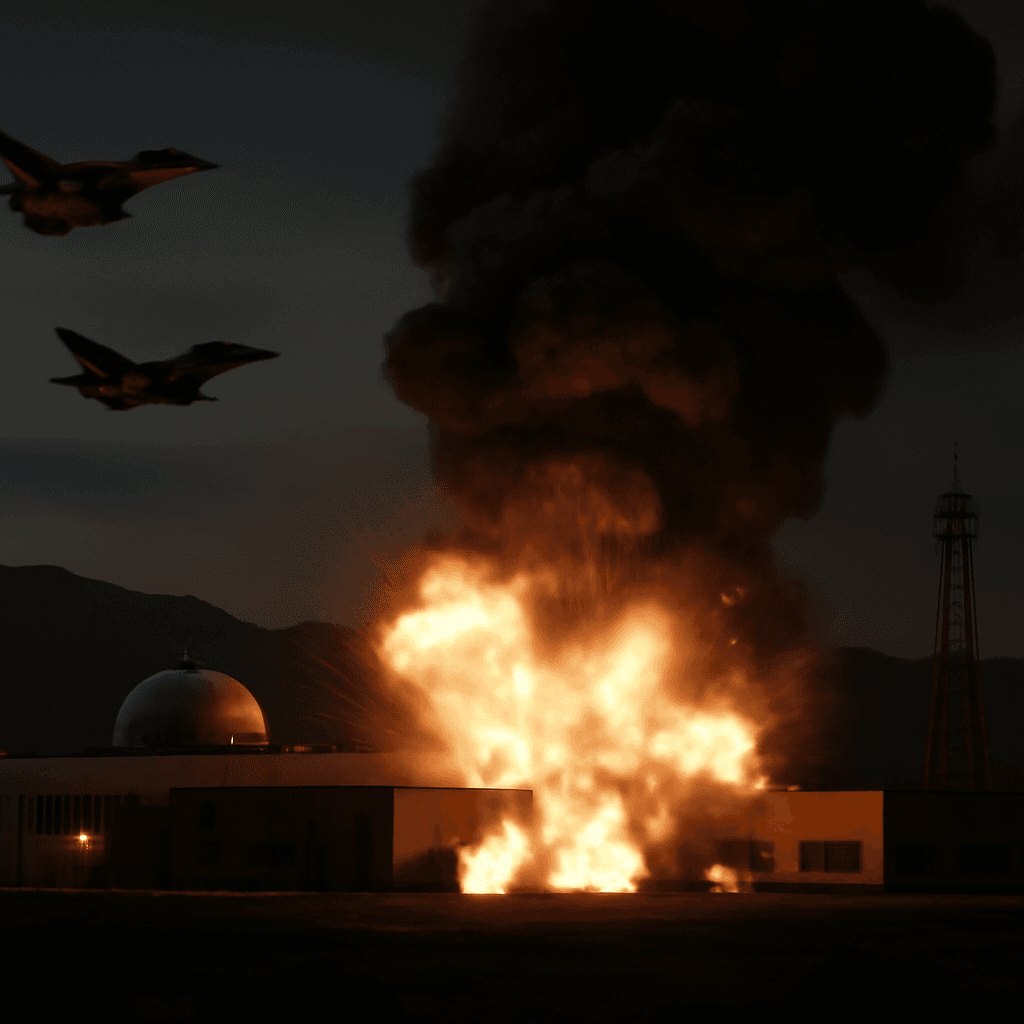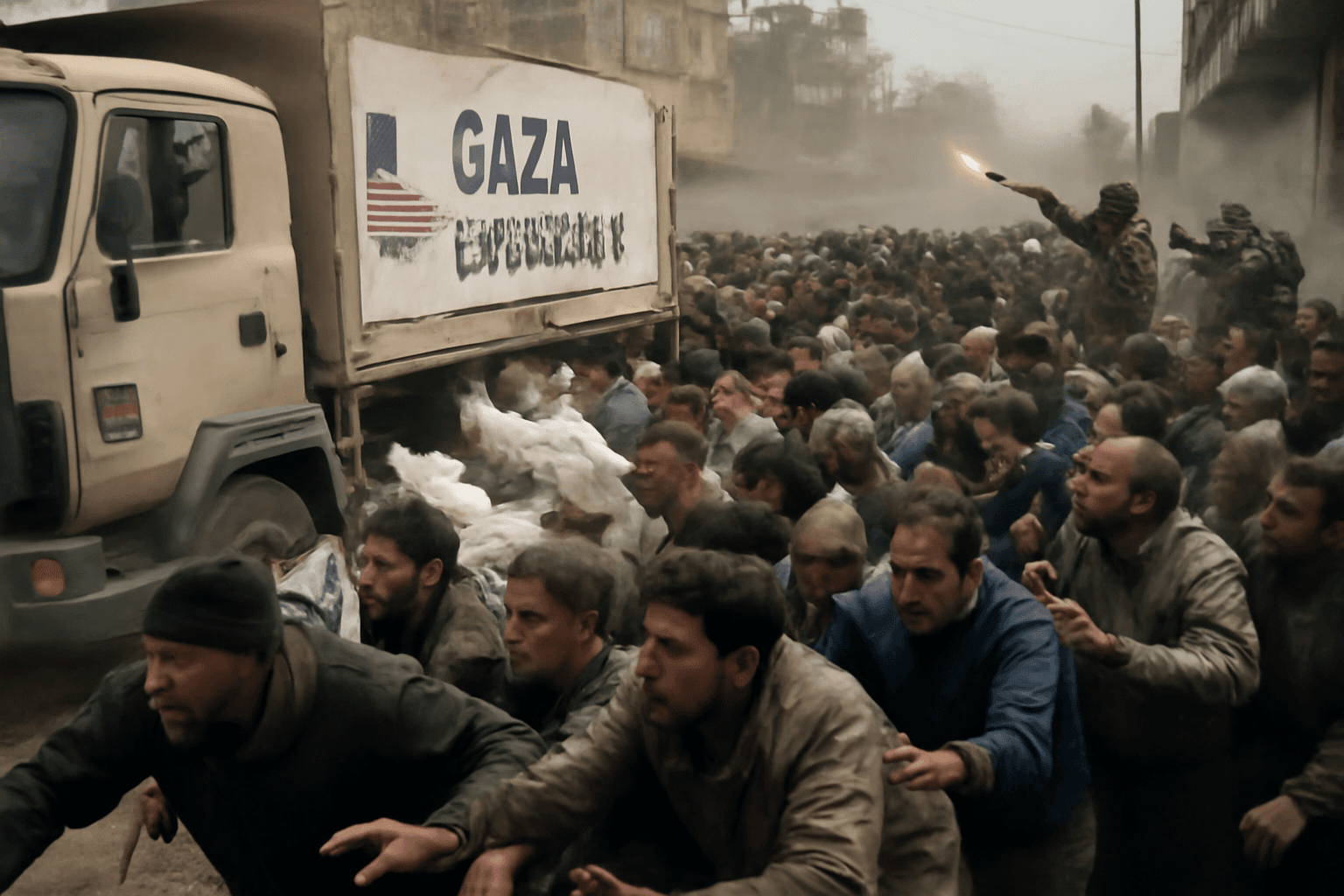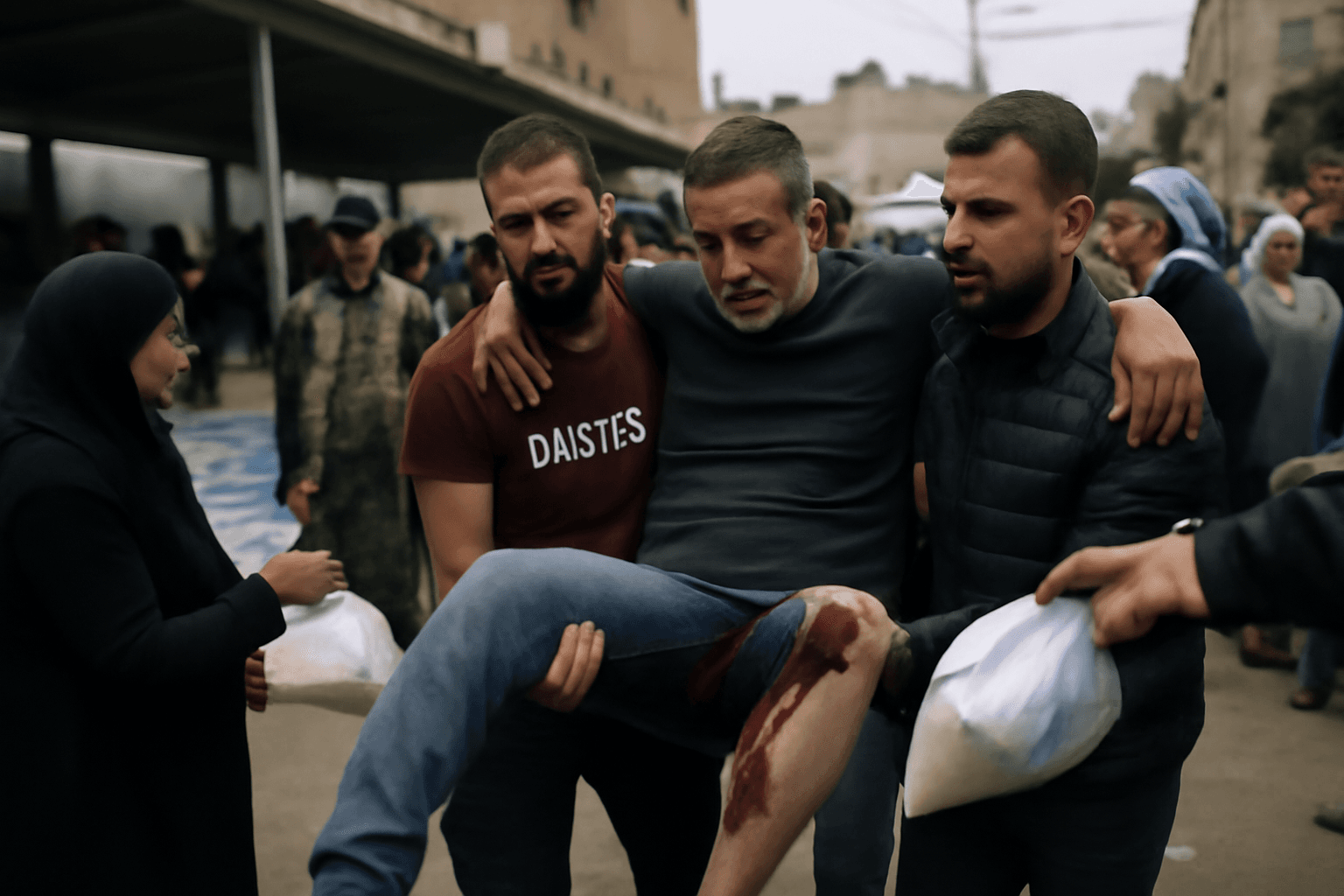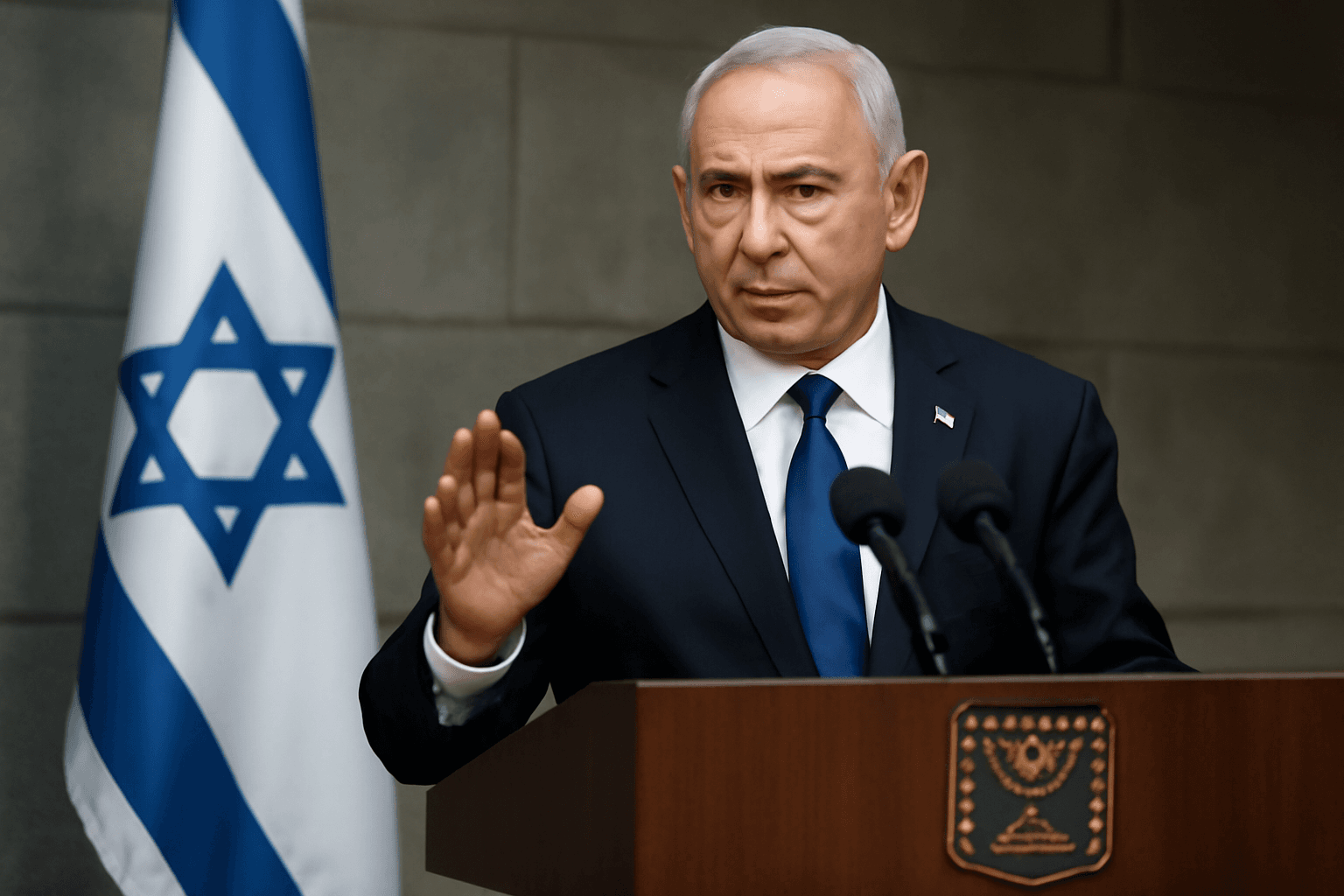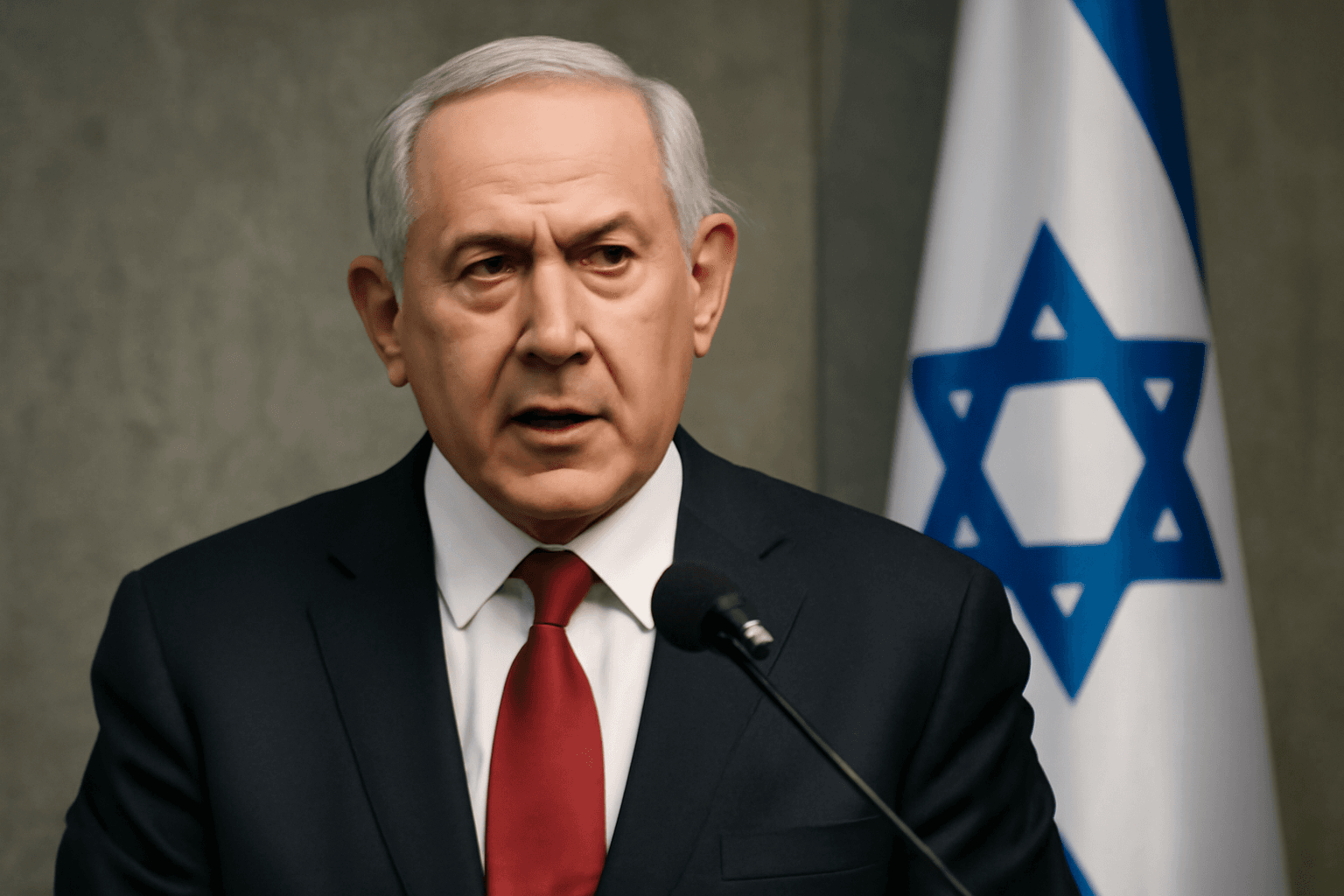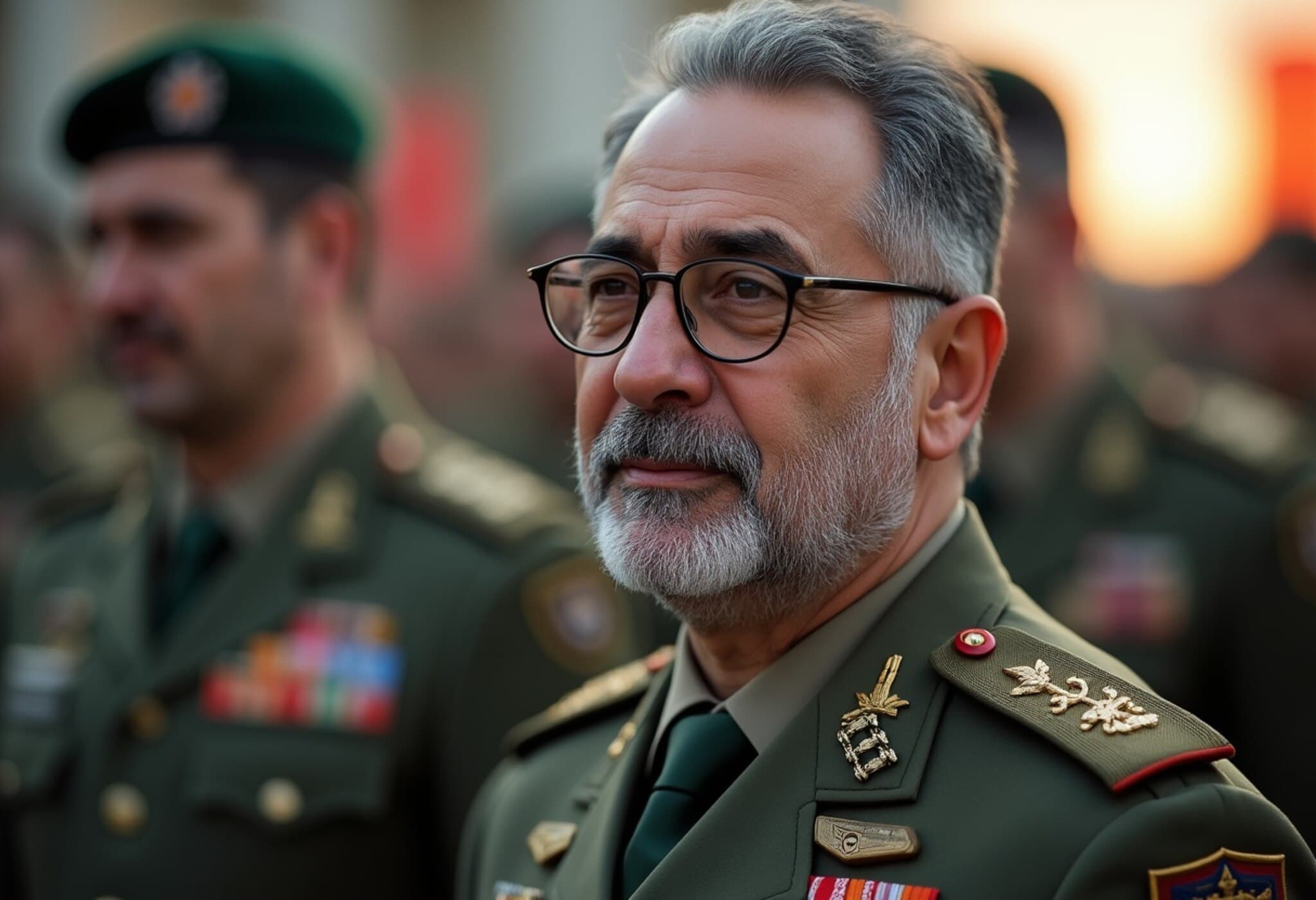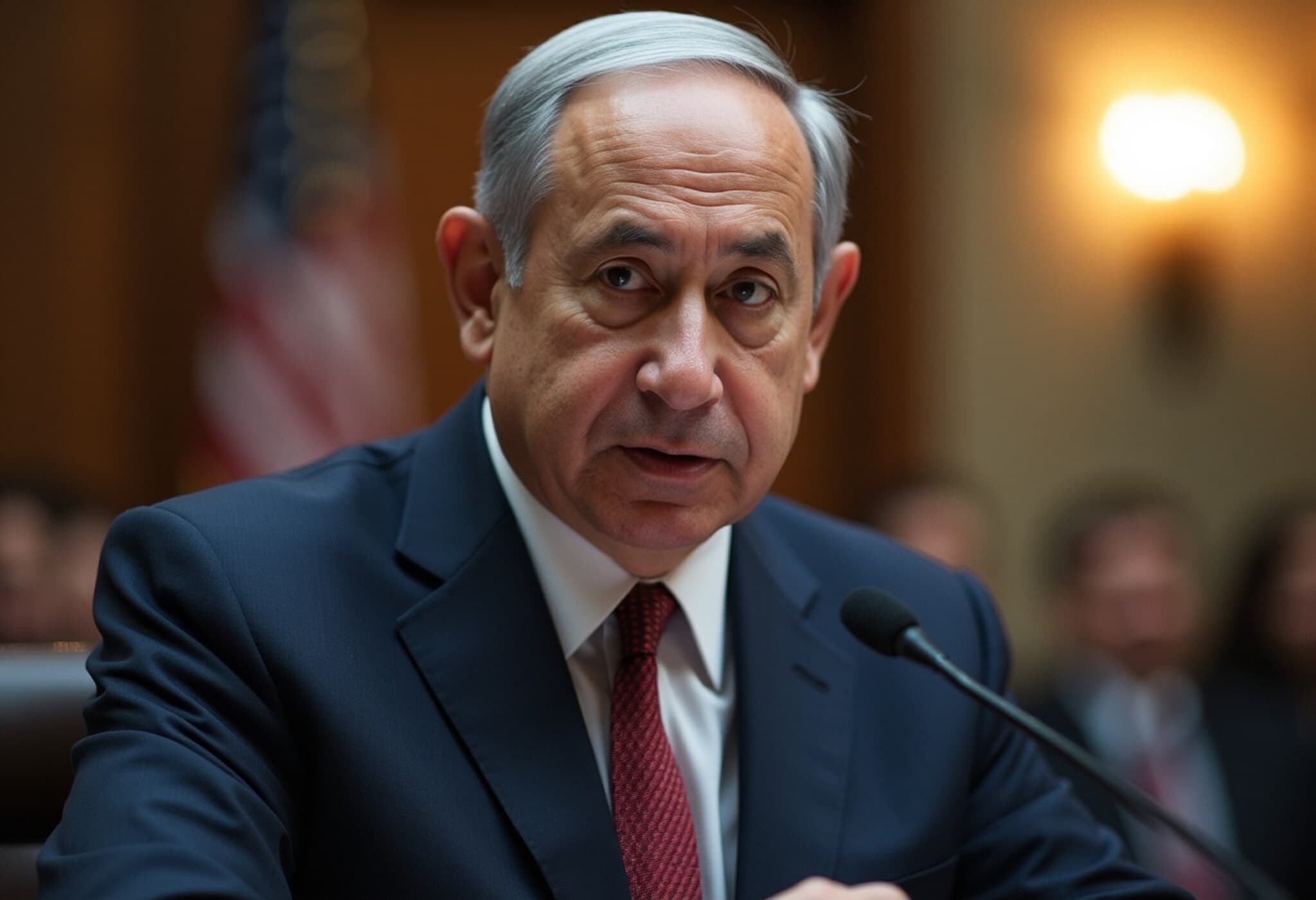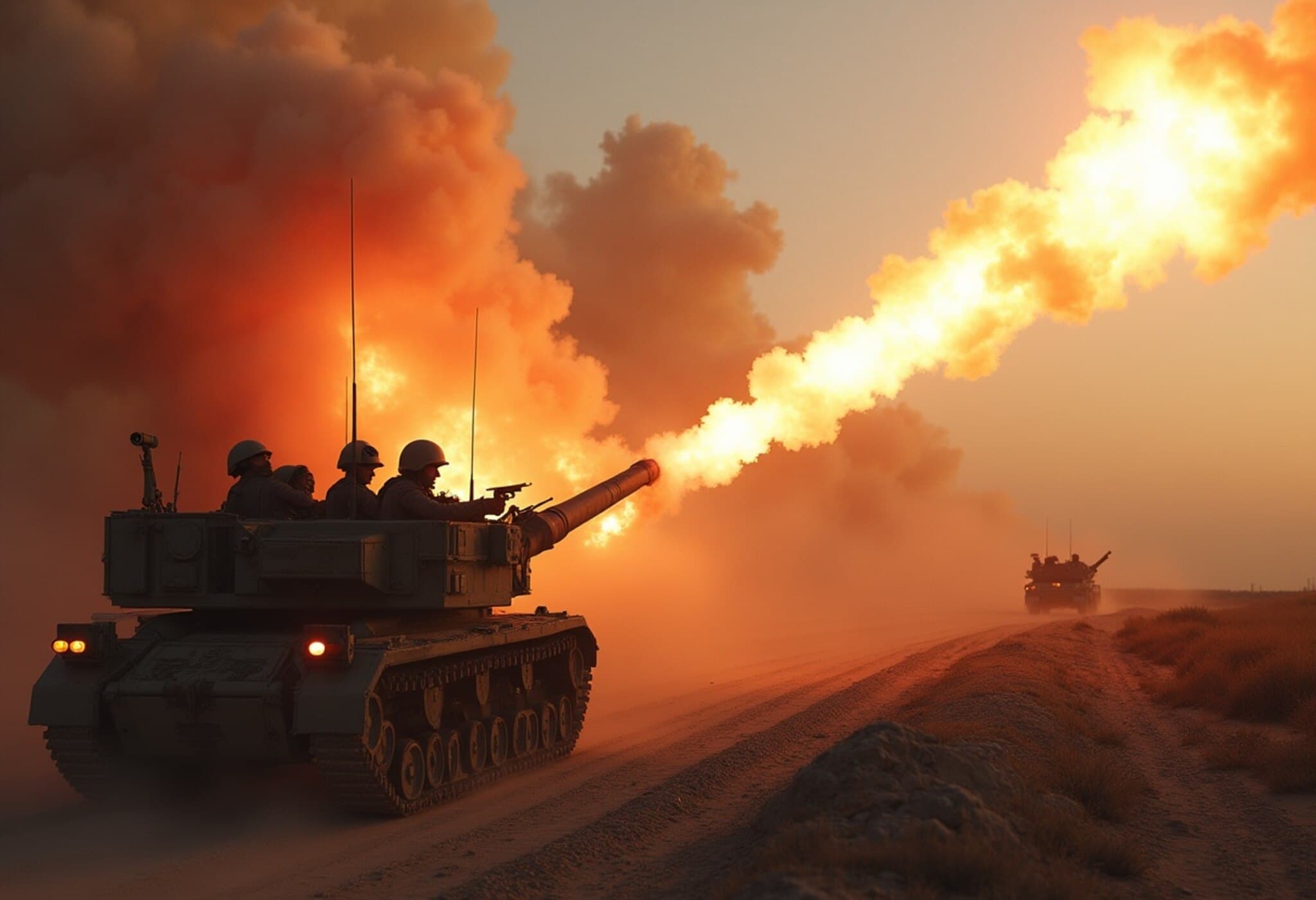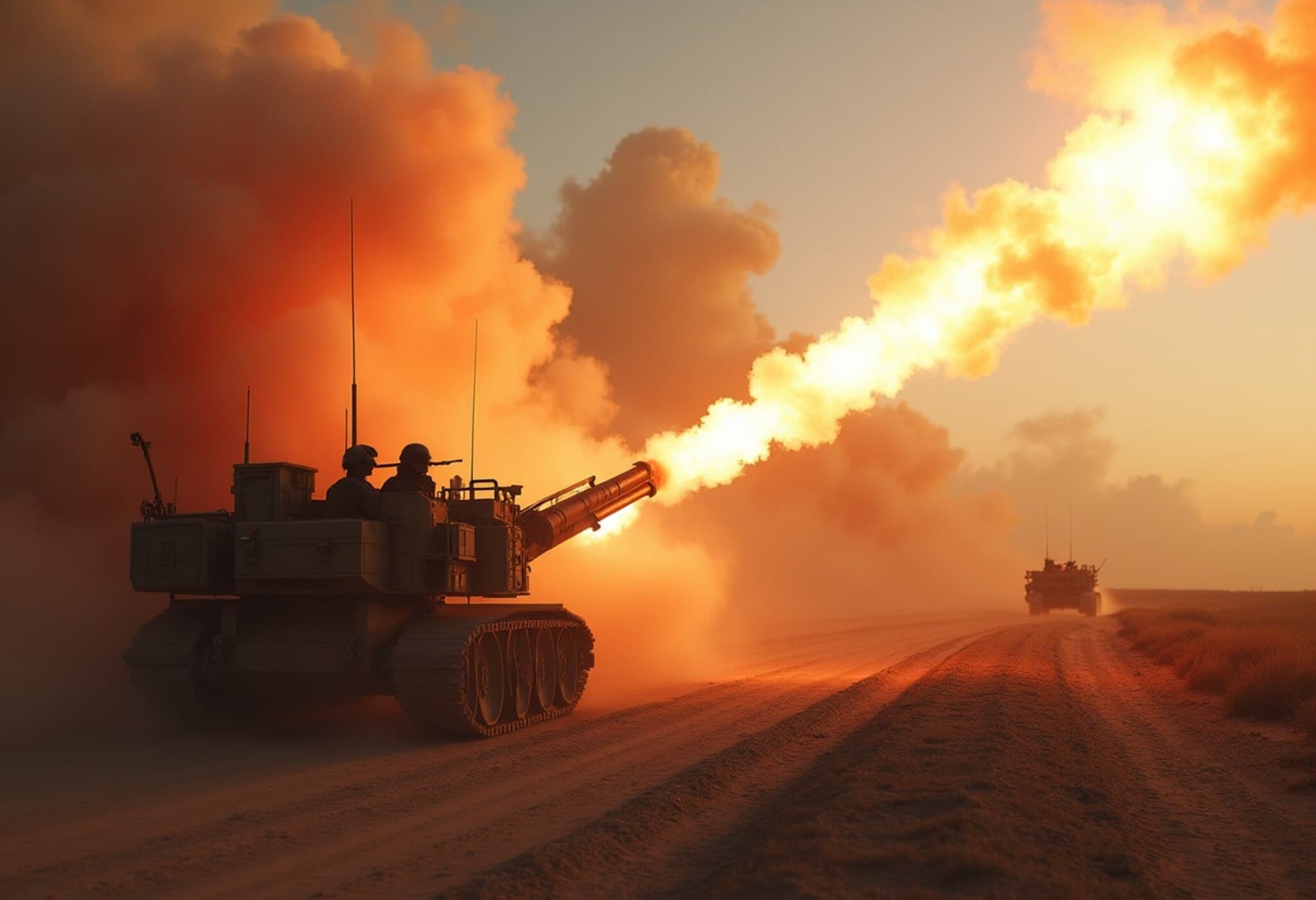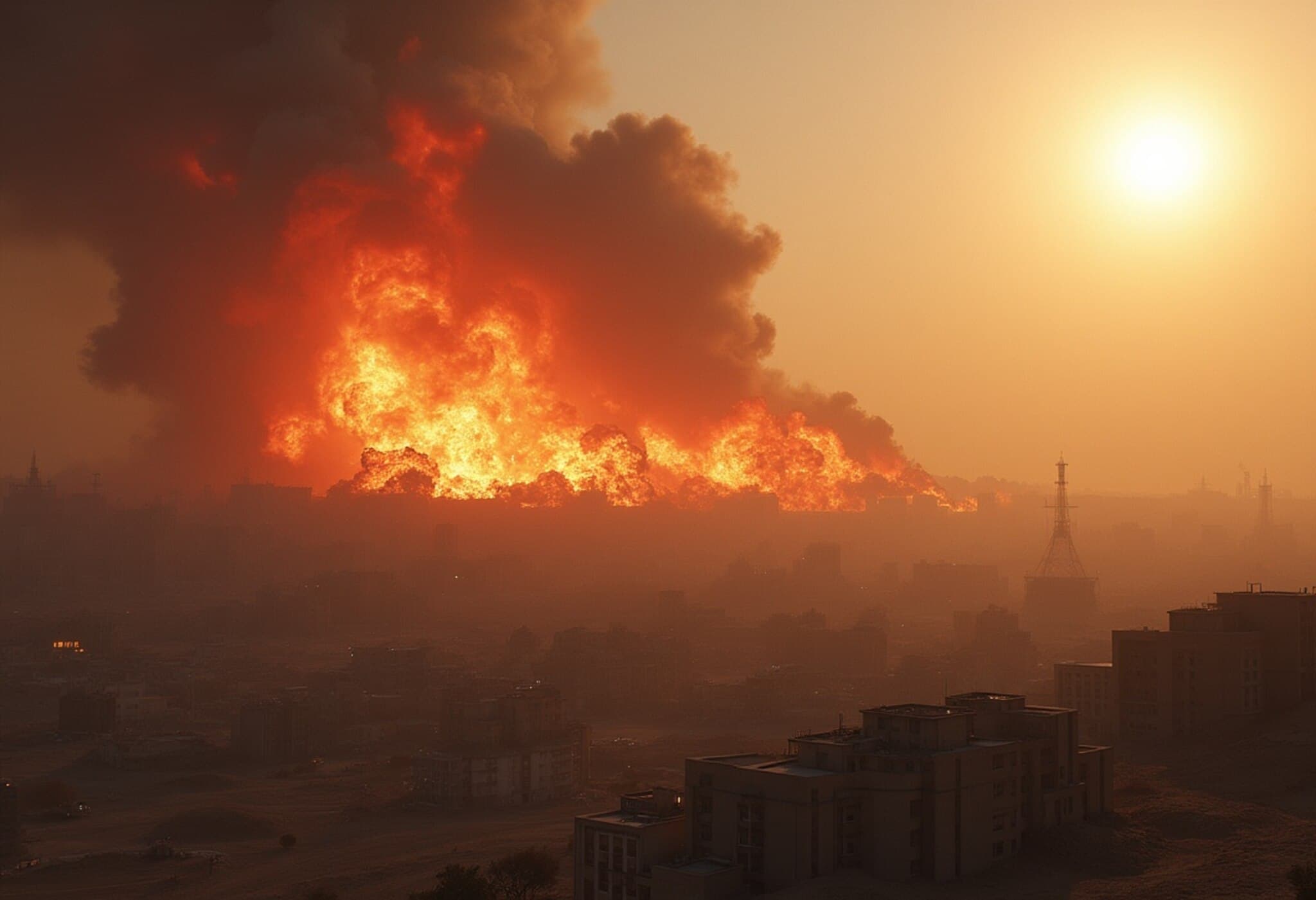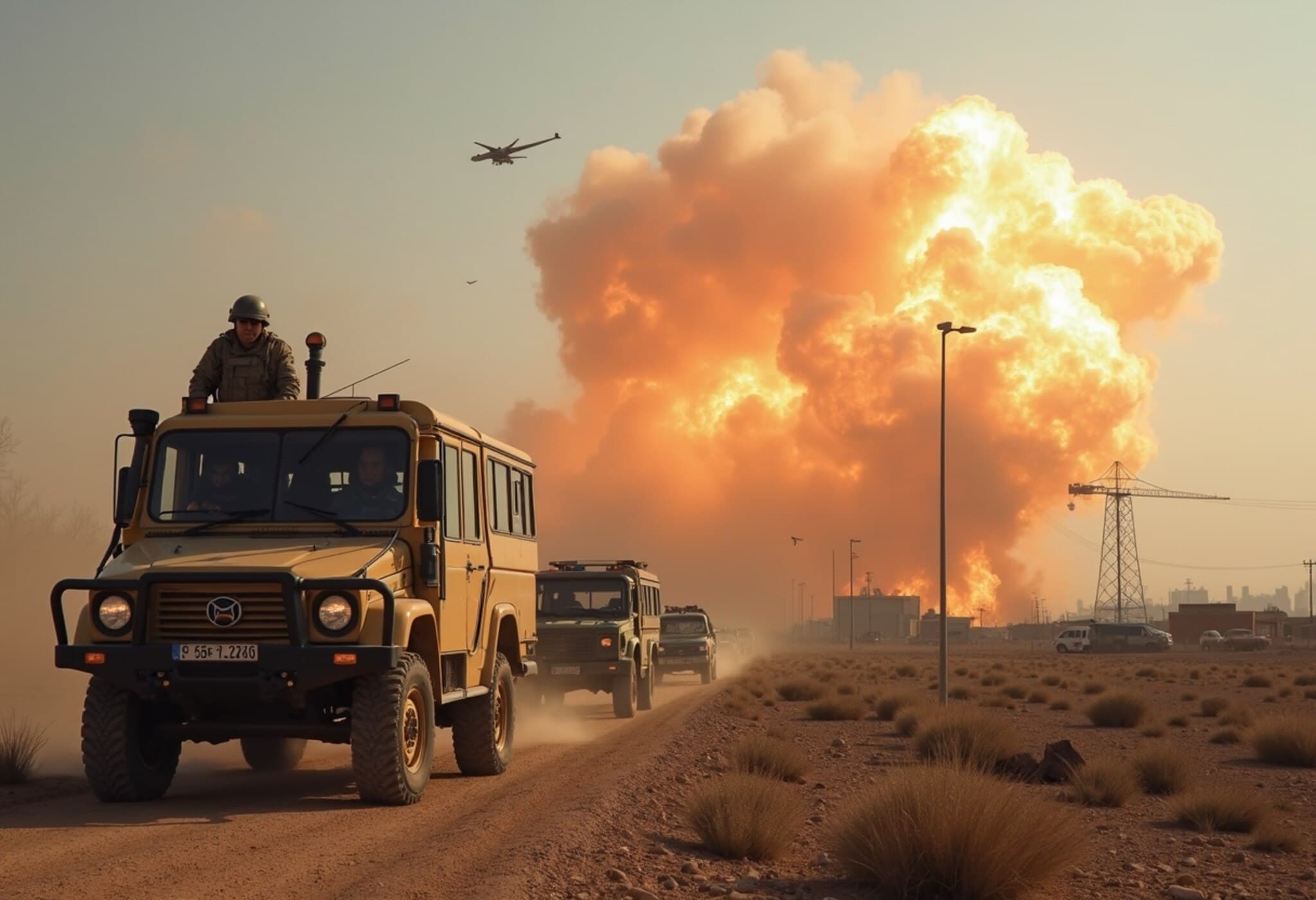Israel Launches Operation Rising Lion with Precision Airstrikes on Iran
In the early hours of Friday, Israeli jets executed a sweeping aerial assault across Iranian territory, targeting multiple critical nuclear and military sites. Among the hardest hit was the Natanz uranium enrichment facility, where thick black smoke was seen billowing hours after the strikes.
Key Iranian Military Leaders Killed in Strikes
Iran confirmed the death of Major General Hossein Salami, the head of its Islamic Revolutionary Guard Corps (IRGC), labeling the attack as a "direct assassination by Zionist forces." Salami was instrumental in shaping Iran's military strategy and overseeing proxy operations in Lebanon, Syria, Iraq, and Yemen. Alongside him, another senior IRGC commander and two prominent nuclear scientists linked to Iran’s uranium enrichment program also lost their lives, according to Iranian state media.
The Iranian government has since declared a nationwide period of mourning.
Striking at the Heart of Iran’s Nuclear Program: Natanz
The Israeli Air Force focused on the sprawling Natanz complex in Isfahan province, a key site in Iran's nuclear ambitions spanning roughly 100,000 square meters and partially underground. This facility houses thousands of centrifuges responsible for uranium enrichment.
While the exact damage remains unclear, initial footage and intelligence reports revealed fires near the above-ground Pilot Fuel Enrichment Plant. The underground Fuel Enrichment Plant, buried several stories deep, is more resistant to aerial attacks, but even minor damage at the surface may disrupt operations in this heavily fortified hub.
This marks Israel’s most direct strike on Iranian nuclear infrastructure since the Stuxnet cyberattack over a decade ago.
Examining Iran’s Nuclear Facilities and Capabilities
Accelerated Enrichment and Reduced ‘Breakout Time’
Over recent years, Iran has significantly accelerated its uranium enrichment, reducing the time to potentially produce weapons-grade material to mere weeks—a sharp decline from the over one year estimated under the 2015 nuclear deal (JCPOA). The International Atomic Energy Agency estimates Iran currently holds enough 60% enriched uranium that, if further enriched to 90%, could yield material for nearly four nuclear warheads. Tehran insists their program is for peaceful purposes.
Other Key Nuclear Sites:
- Fordow: Located deep within a mountain near Qom, this fortified site houses over 1,000 centrifuges, including advanced IR-6 models. Originally prohibited from enrichment, it now hosts uranium processing activities, with 2024 seeing a doubling in centrifuge counts.
- Isfahan: This complex converts yellowcake uranium into uranium hexafluoride (UF6), the gaseous form used for enrichment.
- Khondab: Near Arak, this heavy water reactor was halted and redesigned under the JCPOA to limit plutonium production, another nuclear weapon pathway.
- Tehran Research Reactor: Primarily for academic and medical use, it also trains nuclear scientists, using domestically enriched fuel.
- Bushehr: Iran’s sole civilian nuclear power plant, supplied and fueled by Russia, located on the Persian Gulf coast.
Tehran Feels the Impact
Early morning explosions and air raid sirens raised alarms in Tehran's western districts, including Chitgar, although no nuclear sites are known there. The chaos prompted Iran to close its airspace, with Israel imposing similar restrictions and increasing military alert status along its borders.
Israel’s Defense Minister confirmed responsibility for the operation and warned of potential missile and drone retaliation against Israeli civilian areas.
What This Means for Regional Stability
The airstrikes represent a sharp escalation in tensions and further complicate ongoing diplomatic efforts to address Iran’s nuclear ambitions. The loss of key IRGC leadership and nuclear experts signals a substantial blow to Iran’s military and scientific community, delivering a clear message on Israel’s resolve to counter perceived nuclear threats.

